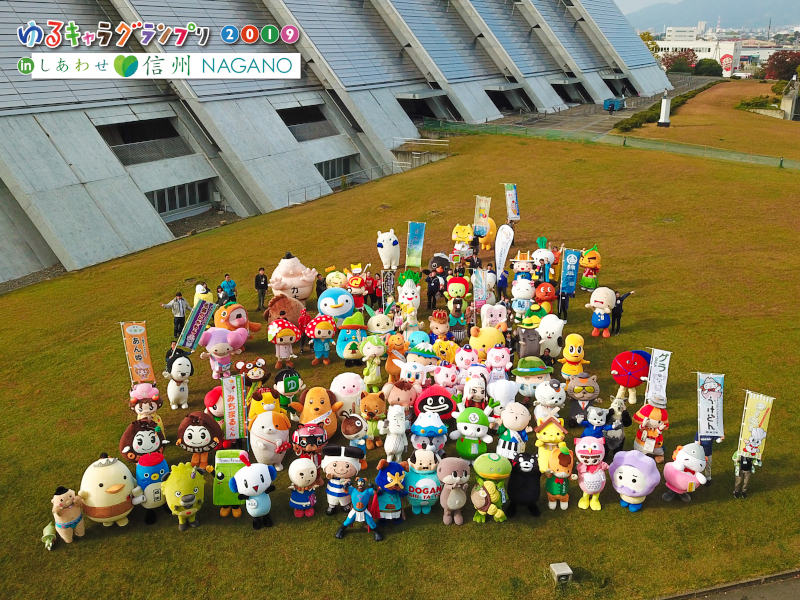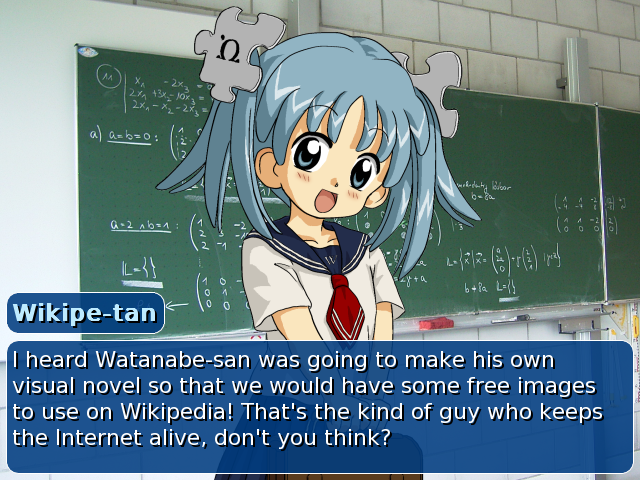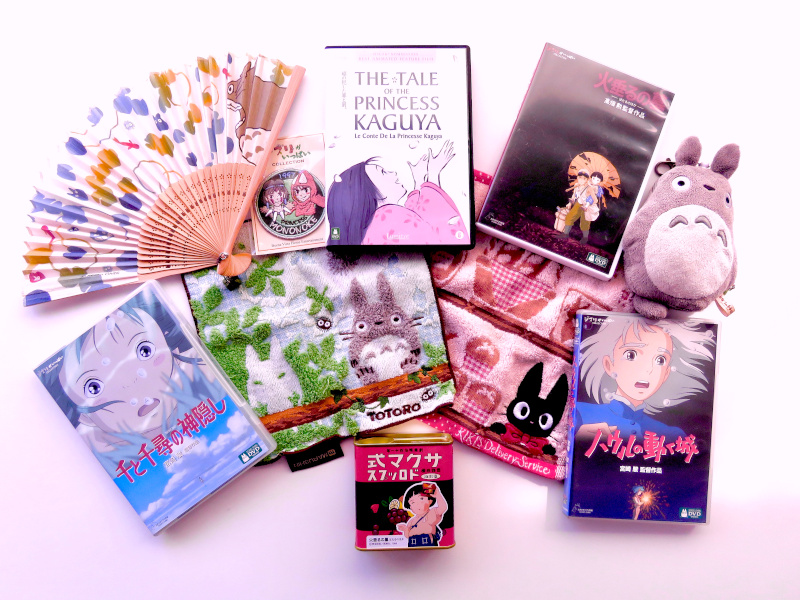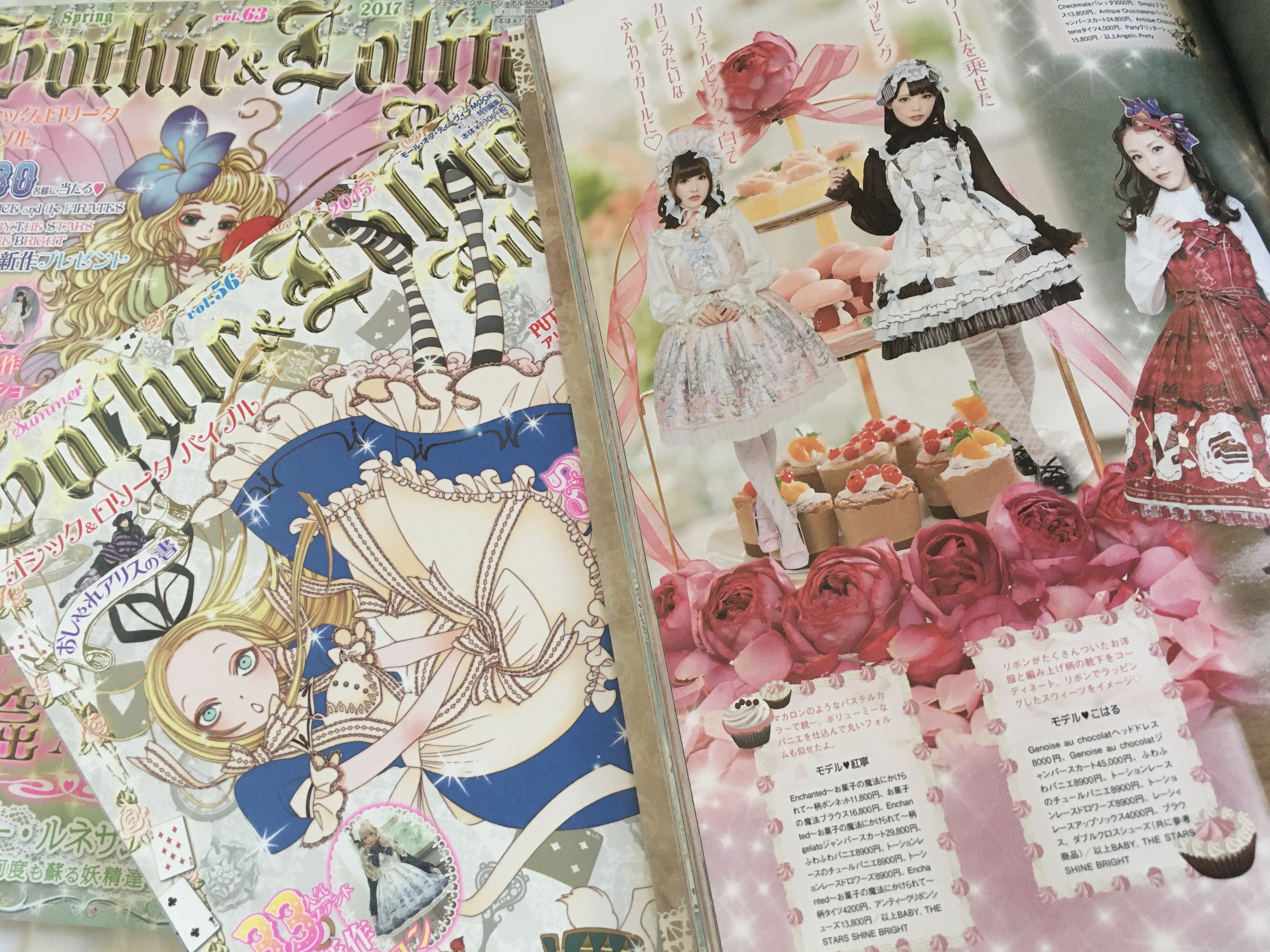Abstracts Group Projects 2019-20
Food Culture (Group 1)
 https://www.flickr.com/photos/94658060@N00/2679567562
https://www.flickr.com/photos/94658060@N00/2679567562
This paper looks at food as a popular medium which has the ability to transmit certain values and ideas.
Food is not only material substance supported by an entire industrial production system, but through remediation (depictions in series, books, cooking shows, social media, fashion, …) also makes up a part of contemporary societies and their fundamental ideologies.
The study of this non-material aspect of food with ties in the political, economic, cultural and social aspects of life has precedents in predominantly the social sciences such as anthropology, history and sociology. However, since the latter part of the second half of the 20th century the study of food has become an interdisciplinary field in its own right through the advent of Food Studies. This interdisciplinary aspect ties in well with the objectives of this course.
By scraping the web for data, we wanted to know how many Japanese restaurants were present in Flanders when using the website TripAdvisor. Specifically, we wanted to numerically quantify the tags (“Japanese”, “Fusion”, …) that were attributed to these restaurants, always keeping in mind the ideological implications of food and cuisine.
By creating a scraper through the program Scrapy we acquired a dataset which we could then visualize through Tableau Public. The visualized data helped us inform our opinion on the stock of Japanese restaurants in Flanders.
However, due to constraints in time and scope we were not fully able to give conclusive remarks on the state of Japanese restaurants in the Flemish landscape. To better understand what these restaurants mean to Flanders and Japan a more sophisticated scraper would have been required.
Read on: Oishii Japan: voedsel als populaire cultuur
Yuru kyara (Group 2)

Yuru kyara can be identified as representative mascots that promote their respective region in order to stimulate the local economy and tourist attractions by trying to boost the region’s popularity. By incorporating motives that belong to the local culture or history, in combination with their quirky and kawaii designs, yuru kyara serve to charm both Japanese and international visitors to the region. Even businesses started using them to promote their sales.
However, in abnormal times like the current pandemic, the distance between yuru kyara and its audience is bigger than ever. How can the kyara maintain their purpose in these circumstances?
In this paper, we research how yuru kyara keep in contact with their Japanese audience through the use of social media like Twitter. By analyzing the tweets of some of the most popular characters, how and if they handle the current crisis and cheer on their fans.
Read on: Kyara in Corona Times
Visual Novel (Group 3)

A ‘visual novel’ is a way of presenting a story by using a visual medium. It works similar to a video game. In this game the player goes through a story and has to answer questions occasionally. Most often the player can choose between multiple answers. The choice of response can influence the story or even the end of the game.
Recently, this way of storytelling has grown much in terms of popularity. Partly because of that also research on it is done. Either research on the origin and popularity of the visual novel, either research on how this medium can serve as a learning method is being conducted. Despite surprisingly much research is already done, this is still a relatively new field of research, and by that also still a rather small one. Wherefore more research would definitely be useful.
On this medium, this group has conducted research this semester. In a manner of quantitative research, we got to work with the visual novel database of ‘vndb.org’, using python script and OpenRefine to extract the information needed. By web scraping, the 10 most popular novels were filtered out. Subsequently, we used designated tags to look for a trend which might explain the popularity of the concerned visual novel.
As a closing extra, we worked on creating a visual novel ourselves. A part of the group worked on writing and scripting a story, while the oth-ers worked on programming the script into an actual visual novel, using Ren’py (an eminent visual novel engine) and Github. This novel will be accessible to play for Japanology student and teachers of the KU Leuven. By making the story references to the life of a Japanology student are made in order to make it more relatable and to add a portion of healthy humor.
Read on: Visual Novel
To MAL or not to MAL (Group 4)

We did a survey-based research on the anime watching behavior of the student and lecturer body of the Japanese Language and Culture Studies department. The idea of this research came to us in light of our own interest in anime, combined with the common stereotype of these students being avid anime watchers.
Anime, in short, are Japanese animated series and movies. It is often given as a genre of series or movies but, to be clear, anime of itself is divided into dozens of different genres and is thus quite impossible to group together into one. Even though the first so-called anime was released in 1917, the animation style that is characteristic of the medium today emerged in the sixties. Moreover, anime spread internationally only at the end of the 20th century, which makes it a popular culture media form.
There has been a lot of research based around anime, but linking it to our own has revealed to be quite difficult, aside from using general themes. To illustrate, a trend in the research field during the last year seems to be looking into the so-called anime tourism. This is a recently rising form of travelling in which anime fans travel to places that have been the inspiration for certain scenes in anime series or movies (Ono, A., 2020). Another version of this is anime making foreign fans so interested in Japan and all it has to offer that they want to travel to the country (Kirillova, K., 2018; Steine, I. 2019). This trend in the research points to the globalisation of the anime industry, a theme that returns in our own research due to the nationality of our student body. Anime has completely penetrated the Western market, in a way that it’s completely normal for everyone to have watched at least one in their lives.
Another recently conducted research that can be linked to our own is in the marketing field (Ameri, M., 2019). There is a use of the online platform MyAnimeList, which links it to our research. This brings me to our quantitative methodology.
We used the data from public MyAnimeList lists given to us through anonymous surveys which we spread under japanologists. A couple of non-japanologists also answered the survey, but these answers were not used. We cleaned the given data through OpenRefine, sorting through it to obtain readable data in columns. Using the Tableau Public platform we made graphs with these numbers, comparing categories such as ‘completed’, ‘currently watching’ and ‘dropped’. Added into this was the Top 300 recently released by MyAnimeList themselves, a list of the most popular anime currently on the platform, which we compared to our own numbers.
This all led to an interesting picture of the watching behavior of our student and lecturer body, which we made public on the Tableau platform. We invite you to take a look at our numbers and maybe experiment for yourself.
Read on: To MAL or not to MAL: that is the research
Lolita fashion (Group 5)
Lolita fashion is a Japanese fashion subculture, starting in the 20th century, which draws influences from Western sources such as Rococo and the Victorian Era.
Although the majority of the people who dress in the Lolita style reside in Asia, as of late the subculture has been appearing more and more frequently in the West, where it’s been widespread through various media such as anime, manga, magazines, forums.
Although, the current research body around this phenomenon mainly endeavours in understanding the deeper meaning behind Lolita, beyond the visual characteristics. The difference between the researchers can be found in their approach, meaning which aspect of Lolita fashion they put their focus on (e.g. virtual space, mannerisms, linguistics). We found a lack of research on the perspective of the general public in the West, therefore we focused on the region of Belgium. Through a survey made with Google Forms, we analysed the public view on Lolita and which styles were more commonly known between what age range. Illustrated in graphs through data visualization software such as Tableau Public Software, we concluded that the majority of the people surveyed were aware of Lolita, up to a certain extent. Furthermore, our respondents speculated whether one would conform to this lifestyle mainly to express one’s individuality or for the purpose of fashion or cosplay. Additionally, styles, such as Sweet and Gothic Lolita, were the most known styles within our respondents, which corresponds with the popularity of the styles in Japan.
Read on: Lolita fashion
Studio Ghibli (Group 6)

Popular culture has become an important part of the academic world over the years. KU Leuven professor Jan Baetens describes the term ‘popular culture’ as something that must have been created after the beginning of the 19th century, that is intertwined with media and is supported by an industrial production system.
Animated movies make up for a big part of the concept ‘popular culture’. This research explores the relationship between Studio Ghibli, a renowned Japanese animation studio and the Western world of animation, such as American animation studio Pixar. Hereby broadening the research field of ‘popular culture’.
It investigates the ways in which Studio Ghibli has impacted the Western style animation and vice versa as well as its impact on the perception of Japanese culture outside of Japan. In particular, it aims to examine the noteworthy prevalence of female protagonists in Studio Ghibli in contrast to the mainly male ones in the works of Pixar.
This research is based on both quantitative methodology and an online survey conducted by the authors which serves as the base for this study.
Read on: Studio Ghibli
Game Jargon (Group 7)
Linguistic trends in video games.
Unfinished Project
